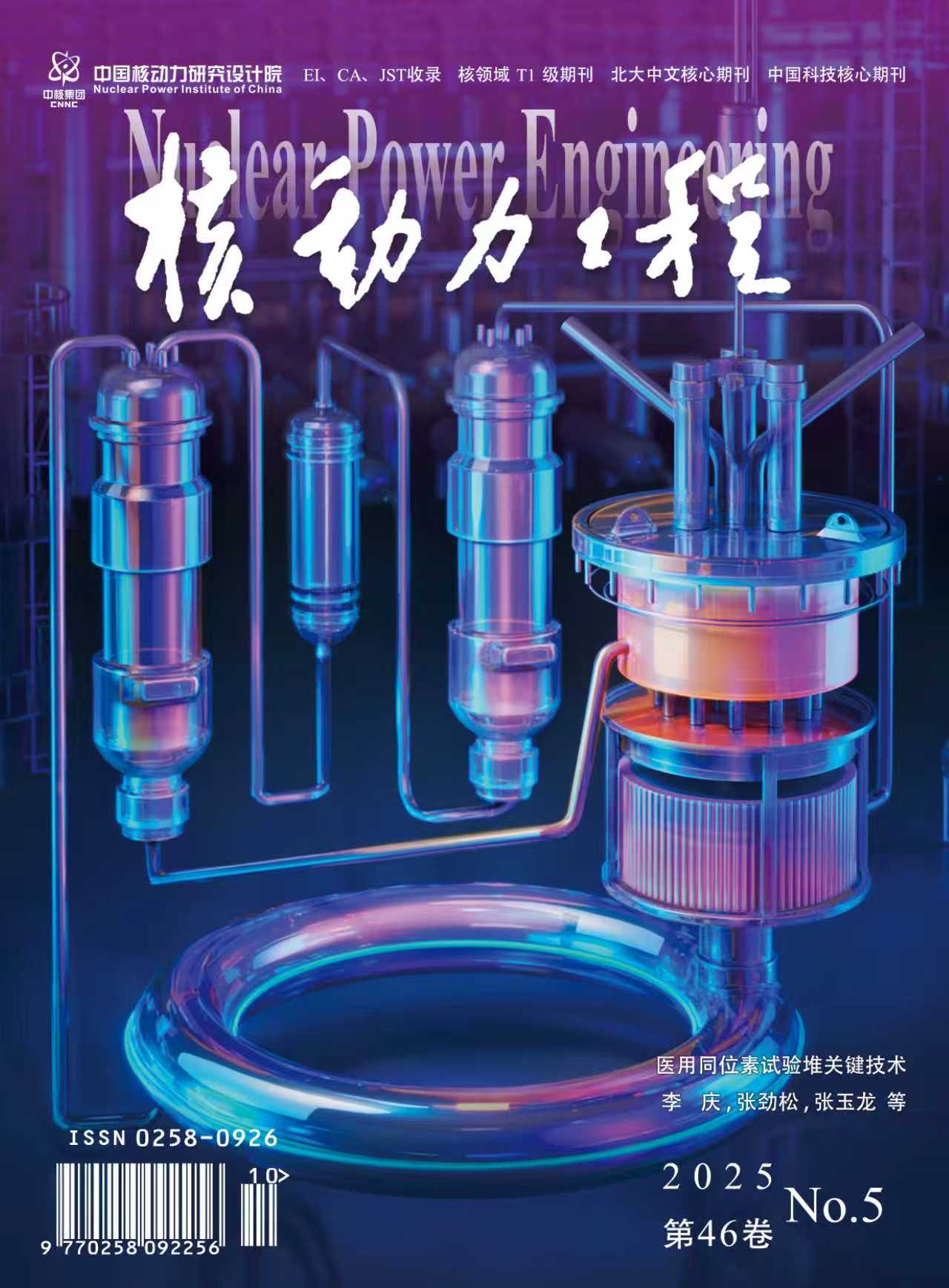2009 Vol. 30, No. 2
Display Method:
2009, 30(2): 1-5.
Abstract:
2009, 30(2): 6-11,40.
Abstract:
2009, 30(2): 12-15,54.
Abstract:
Numerical Study of Forced Convection in a Vertical Channel Filled with Heat-Generating Porous Medium
2009, 30(2): 16-20,50.
Abstract:
2009, 30(2): 21-26,58.
Abstract:
2009, 30(2): 27-29,89.
Abstract:
2009, 30(2): 30-32.
Abstract:
2009, 30(2): 33-35.
Abstract:
2009, 30(2): 36-40.
Abstract:
2009, 30(2): 41-45,61.
Abstract:
2009, 30(2): 46-50.
Abstract:
2009, 30(2): 51-54.
Abstract:
2009, 30(2): 55-58.
Abstract:
2009, 30(2): 59-61.
Abstract:
2009, 30(2): 62-64,74.
Abstract:
2009, 30(2): 65-69.
Abstract:
2009, 30(2): 70-74.
Abstract:
2009, 30(2): 75-77.
Abstract:
2009, 30(2): 78-81.
Abstract:
2009, 30(2): 82-85.
Abstract:
2009, 30(2): 86-89.
Abstract:
2009, 30(2): 90-94.
Abstract:
2009, 30(2): 95-98.
Abstract:
2009, 30(2): 99-103.
Abstract:
2009, 30(2): 104-107.
Abstract:
2009, 30(2): 108-112.
Abstract:
2009, 30(2): 113-116,123.
Abstract:
2009, 30(2): 117-119,123.
Abstract:
2009, 30(2): 120-123.
Abstract:
2009, 30(2): 124-128.
Abstract:



